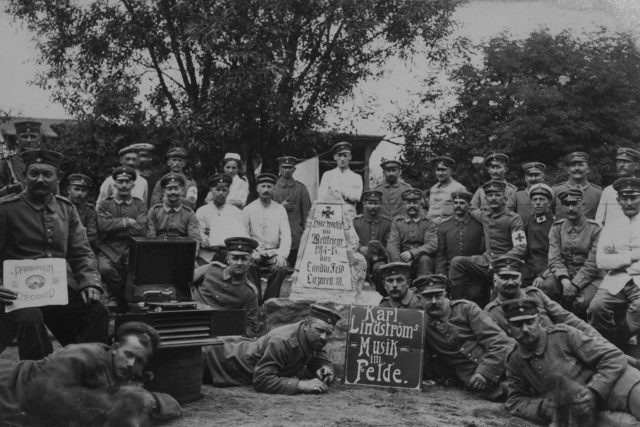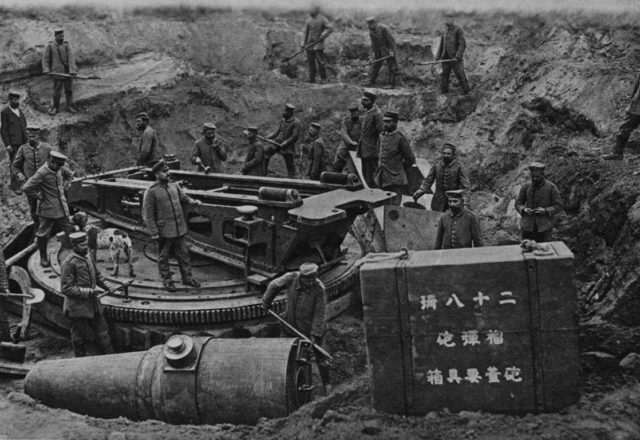War History Online presents this article from the National World War I Museum and Memorial.
When the German army advanced into the western territory of the Russian Empire in the spring and summer of 1915, soldiers encountered a physical and cultural environment quite different from what they previously encountered.
As historian Vejas Liulevicius describes, the German soldier formed a “mindscape” of the vast, sparsely populated, underdeveloped, alien landscape in which he found himself—something conquered by armed force, but beyond his power to fully understand and control. This landscape challenged him with a psychological learning curve beyond his capacity as a soldier or administrator to comprehend a completely new environment.

Constantly aware of this, the German occupier coped with his disoriented feelings by scrutinizing his environment more thoroughly than he might have in more familiar surroundings. The Germans’ “mindscape” transitioned from being a way of understanding the physical nature of this environment to understanding how to interact with it and eventually subdue it, by constantly guarded watchfulness.
“This special exhibition is unique in that we share the stories and experiences of common soldiers tasked with overseeing the occupation of foreign lands,” said National World War I Museum and Memorial Archivist and Edward Jones Research Center Manager Jonathan Casey. “Through their own personal photographs and diary entries, we’re able to gain an understanding of everyday life for soldiers in those circumstances.”
Wacht im Osten (“Watch in the East”) explores this encounter between the German soldier and the land and people he found himself trying to understand. An example of this is the Belarusian village of Iwje, which is depicted using commercial photo postcards illustrating its diverse mix of religious cultures, including Christian, Jewish, and Muslim.
“Through Wacht im Osten, we’re able to explore an aspect of the Great War not commonly examined broadly: what life was like for soldiers serving as occupiers in lands previously unfamiliar from a cultural and environmental standpoint,” said National World War I Museum and Memorial President and CEO Dr. Matthew Naylor.

The exhibition’s narrative unfolds mainly through the stories of two German soldiers: Georg Oertel and Friedrich Volkmann. Oertel served as a medic in a field hospital in Poland and once helped deliver a farmer’s baby during the Christmas holiday. Volkmann was a father with two small children who served in the infantry in Poland and was killed there. They are experiences of two soldiers, far from home in a foreign land, caught up in war.
Wacht im Osten is open from Oct. 25, 2016 – March 12, 2017, in the Ellis Gallery.
The National World War I Museum and Memorial holds the most diverse collection of World War I objects and documents in the world and is the second-oldest public museum dedicated to preserving the objects, history and personal experiences of the war.
